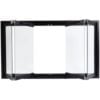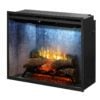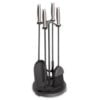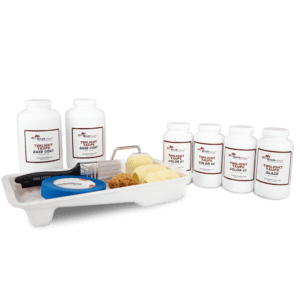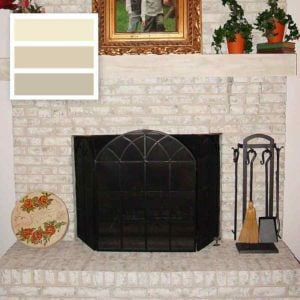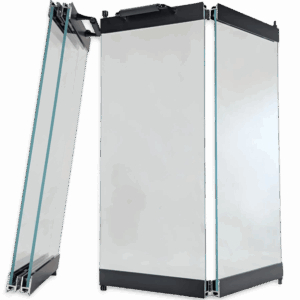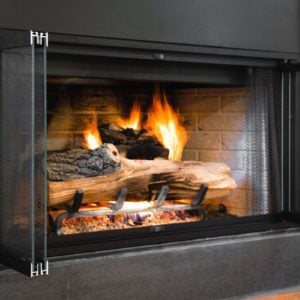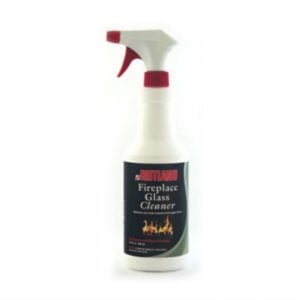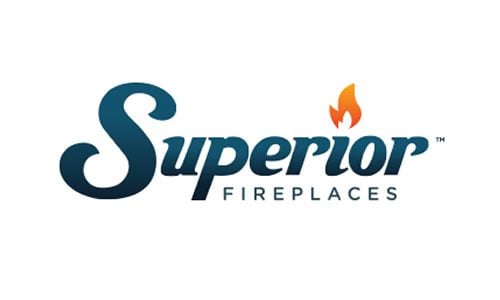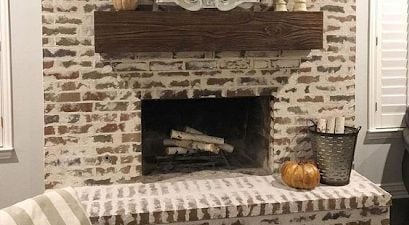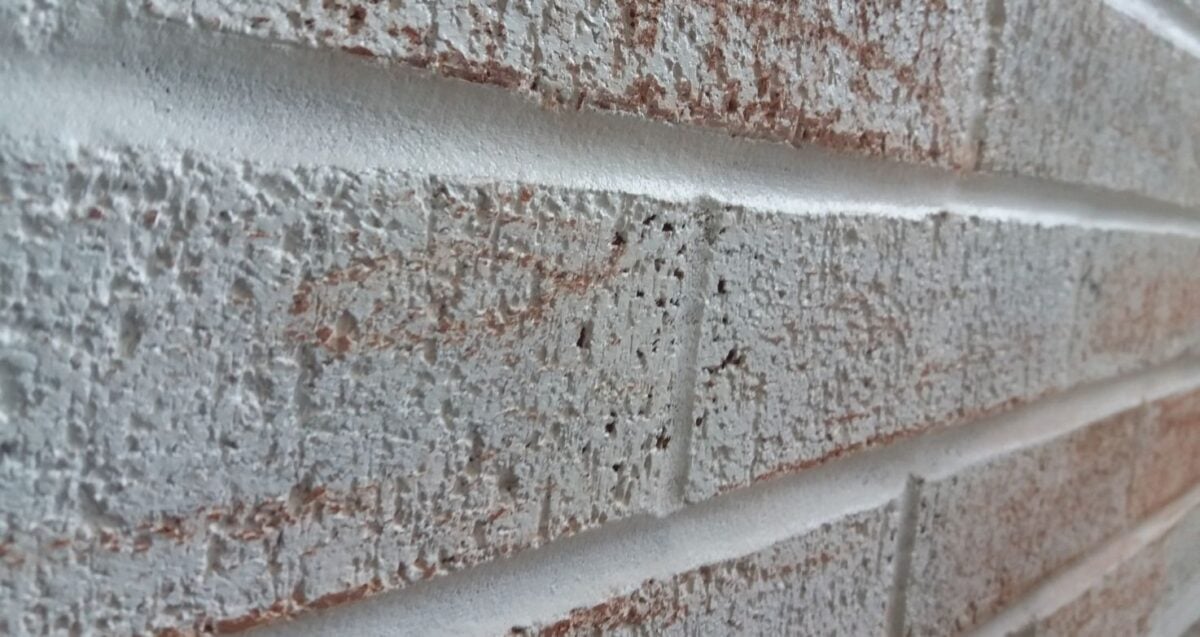Blog
Whitewashing is a popular painting method for any home as it gives brickwork a textured look which is highly sought after in the realm of interior design. So why not use this great painting technique to give your fireplace a bit of a makeover?
To whitewash a brick fireplace is super simple and fun to do. It can be a slightly messy exercise, but the results are totally worth it. In this step-by-step guide on how to whitewash brick fireplaces, we’ll take you through the steps you can follow to get the most out of your paint job as tidily as possible.
Materials you will need
The best place to start when you’re planning on whitewashing your brick fireplace is to make sure you have all the correct materials for painting. Your materials list should have the following products on it which should be purchased before you start your fireplace whitewashing project.
- The white, masonry paint of your choice
- Painter’s tape
- Dishwashing liquid or heavy-duty cleaning product
- Drop cloth
- Additional plastic covering
- Old cloths or cut-up T-shirts
- Measuring vessels (cups or jugs etc)
Tools you will need
Whitewashing a brick fireplace is a little different from simply painting it. You, therefore, need slightly different tools when you take on this task. To whitewash your brick fireplace the following tools will be most useful.
- Some old paintbrushes
- A small wire brush
- A cleaning rag
- Sandpaper (optional)
Prepare your room
Before you start the white-washing process you have to make sure everything in the room is protected from paint splatters. Whitewashing your fireplace can be a very messy process because you’re working with thinned paint which can easily cause splashes and drips. Here’s how to prepare your room before beginning to whitewash your brick fireplace.
Protect the areas not getting whitewashed with painter’s tape
Without protecting the edges of the fireplace with painter’s tape it can be incredibly challenging to prevent the walls from getting unwanted paint on them. Carefully mark out the areas of the fireplace where you do not want paint to appear then protect them with the painter’s tape.
Cover your mantelpiece and the below flooring
Using protective plastic sheets and painter’s tape, cover the mantelpiece of the brick fireplace so that you do not get any excess paint on this section. You must also cover the floor below the fireplace to prevent any paint splashes from staining the carpet or the tiles. Getting paint out of a carpet can be very challenging and getting brick paint off tiling can cause damage to this type of flooring.
Use a wire brush to clean the brick
Before you start whitewashing, you need to make sure the brick you’re painting is as free from dust and dirt as possible. The wire brush acts as an abrasive tool to get rid of soot and dust that may have built up over time.
Using your solution of dishwashing liquid and water or your heavy-duty cleaning product, soak your wire brush and begin scrubbing. This process can be messy too, so make sure you don’t get too much muck all over the place!
Wipe the clean bricks down
Remove any excess soap and water using one of your old cloths. This will help to remove any final bits of dirt and also help the bricks to dry quickly so you can get started with the fun stuff sooner.
Leave the bricks to dry
You will need to leave the bricks to dry for about an hour or two. If you want to speed up the drying process, try training a fan towards the brick fireplace. This will help the bricks to dry out before you start painting.
Whitewashing the brick fireplace
Whitewashing is a very popular painting technique as it adds texture and interest. It does not create the same solid-color effect as traditional painting methods and therefore looks really good on brickwork. For a professional-looking whitewash paint job, follow these easy steps.
Make the water and paint mix
Using the measuring cups, mix up the water and the paint according to the ratio you want. If you want more texture and more of the underlying brick to show through, you should add more water to the paint. If you want more subtle patterns in the paintwork, you will need to work with a thicker paint consistency and therefore add less water.
You can use old paint brushes to mix the water and the paint thoroughly. If you want to, you can also use an old wooden spoon or stick to stir the mixture. Mix until the paint is at the consistency you want. If you find the mixture is too thick, add more water. If too thin, simply add more white paint!
Start painting the brick fireplace
When you’ve got the right paint consistency, use a paintbrush to start white washing the brick fireplace. If you’re using paint with a thinner consistency, it’s likely the paint will drip. For this reason, we recommend you work in sections and from top to bottom. Doing this will prevent drip marks in your paintwork.
Dab the paintwork with old t-shirt rags
For the best whitewash look on your brick fireplace, it helps to go over your brushwork with an old t-shirt rag or cloth. This will make the paint job look more consistent and will remove any excess paint that may cause drips. Using cloth can also add interesting texture to the paint, creating unique interest on your brick fireplace.
Keep working in sections with this technique too. Dab each section as you finish the brushwork. This will help to keep the paintwork consistent when you whitewash your brick fireplace.
Leave the paintwork to dry
When you’re happy with the look of your whitewashed fireplace, leave the paint to dry. This may take slightly longer than normal paint jobs because of the water used in the paint mix. For the best result, leave the paintwork overnight.
Start cleaning up after the paint has dried as you may want to go over the whitewash again and setting up the room for painting does take a bit of time. If you’re happy with your paintwork, pack away all the equipment and enjoy your newly painted fireplace!



